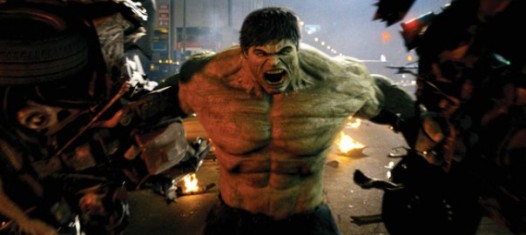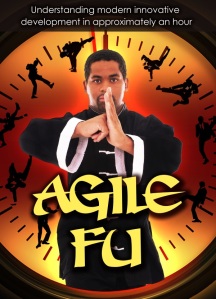What the heck do these project management types actually do? Check what has been done; Make a list of what still needs to be done and guess how long its going to take for the rest of it to be done. Bosh my whole career distilled into one line. Obviously there’s a few nuances I have missed out here and there but there’s no escaping that at some one has to make a guess about the completion date.
This means that at some point we have to get our team to commit to something and at times this can be like pulling teeth. No creative wants to be responsible for tie-ing their own noose. You’d be forgiven for thinking that my recent zeal for Taleb’s Black Swan would have me throwing my arms in the air too and running a team with a mañana sense of there’s no chance of knowing what’ll go wrong so it will be done when its done philosophy. But being that at times in my career I have been the one paying the salaries I know how important it is to keep some sense of timely ambition. Creativity is not just the marshalling clever people thinking “out of the box” in fact forcing them to think inside a box labelled “must be done before next mortgage payment due” can lead to some pretty good stuff too.
But there is a problem. No one can predict the future… Taleb says so.
So what do you do?
Generally at this point most people would reach out to their most trusted, reliable team member. The head guy (or girl). The grizzled developer with grey hair and a thousand war stories of late nights, loads of coffee and slashed scopes. However it turns out that beneath this façade lies a complex set of competing egos… a real life Incredible Hulk riddled with the conflicting opinions of a reasoned Gama radiation scientist versus a raging 200 pound green monster.
To be fair it’s not just the head developer. Beneath all of us lies not one, but two complex decision making machines. The idea was first brought to the world’s notice by Daniel Kahneman in his book “Thinking Fast and Slow“. I recently watched a program on BBC science show Horizon that gave me a 40 minute synopsis of the ideas.
It turns out that your brain has two different competing solution mechanisms. One is a calm thinking analytical engine the Dr Bruce Banner if you will. The other is primitive lazy and prone to snap decisions otherwise known as our good friend Mr I Hulk. The idea is demonstrated by asking the simple question what is 2+2? Hulk knows the answer to this and so in quick sticks time will blurt out the answer leaving Banner to wait. However, ask Hulk 13*7 and he is likely to stay shtum and Banner will have to sing for his supper.
When the Banner side of the ego is thinking it expends a whole heap of energy. This is demonstrated in the show by getting people to walk while being asked questions. An easy question (2+2 et al) sees hardly a pause, but ask something hard and the people literally stop in their tracks to give additional compute power to their brains.
Given half a chance however the Hulkster will intervene and while this is useful to have these sort of reactions if you are about to be punched in the mouth by a super villain, its probably best avoided if you want a reasoned answer. Hulk is riddled with what the psychologists call cognitive bias. He uses this as short cuts to reduce the power consumption in his answers, but sometimes they are wrong.
There are heaps of biases that ALL humans have as listed on this Wikipedia article. Some deal with peoples negative thoughts others with a spooky “anchoring” effect where there is a tendency of an individual to base an appraisal on the answer to a preceding question.
What is evident though is that we need to try and avoid working to a schedule defined by the Hulk. It follows therefore that relying on the *quick* set of answers given by a seasoned professional are more likely to be tinged green.
Agile tries to circumvent this by asking the estimates in a more circumspect way. Hulk (initially) doesn’t know that this is being done and the answers are likely to be less prone to bias. Combine this by involving the while team and we are more likely to have an answer we can base some metrics on.
The team are asked to estimate not how long a work package will take to make, but rather how “complex” it actually is. Some PM’s try to get the team to get to a consensus on a number following the Fibonacci Sequence 1, 2, 3, 5, 8, 13, 21. The beauty of this is that the numbers are spread in a non linear way. It is often quite hard to estimate the difference between the complexity of something rated 21 and 22, but it is much easier to agree if it is either 21 or 13.
Conversion to days of work is done by multiplying it by a factor that defines how quick a team can complete each work unit… known as the team velocity. This velocity is monitored through out the development using a chart which I will describe another time.
So in short reduce your dependency on snap decisions, they are more than likely the opinions of a monster.
FURTHER INFORMATION
I hope you find this article interesting, check out my ebook, Agile Fu. Its a short sharp read as to how you and your team can innovate fresh powerful ideas.
Anyone purchasing the book will receive not one, but TWO FREE mini e-books that are supplied directly as PDF files to your inbox. These can be distributed to you team when starting a new project or used simply to sanity check your existing processes.



